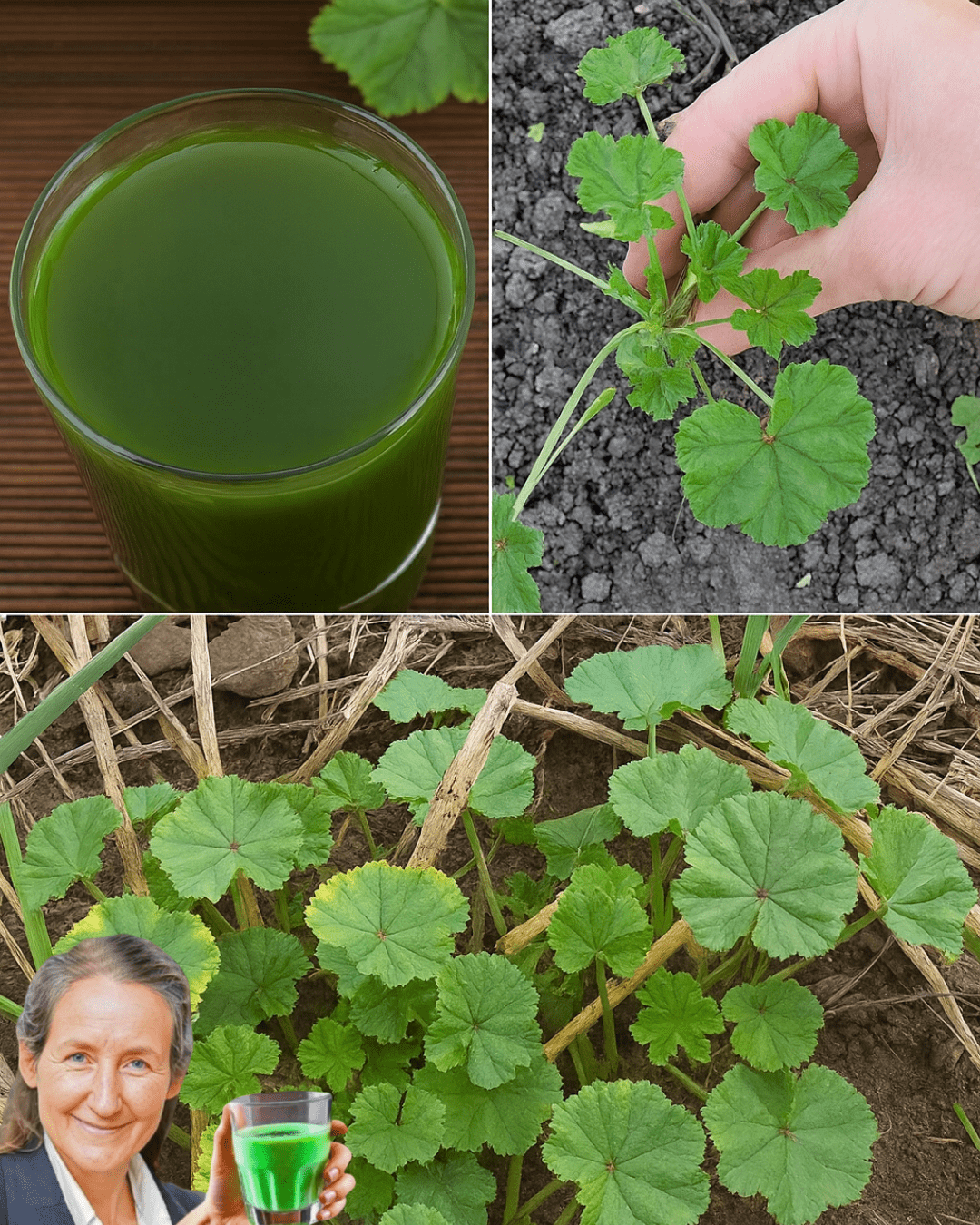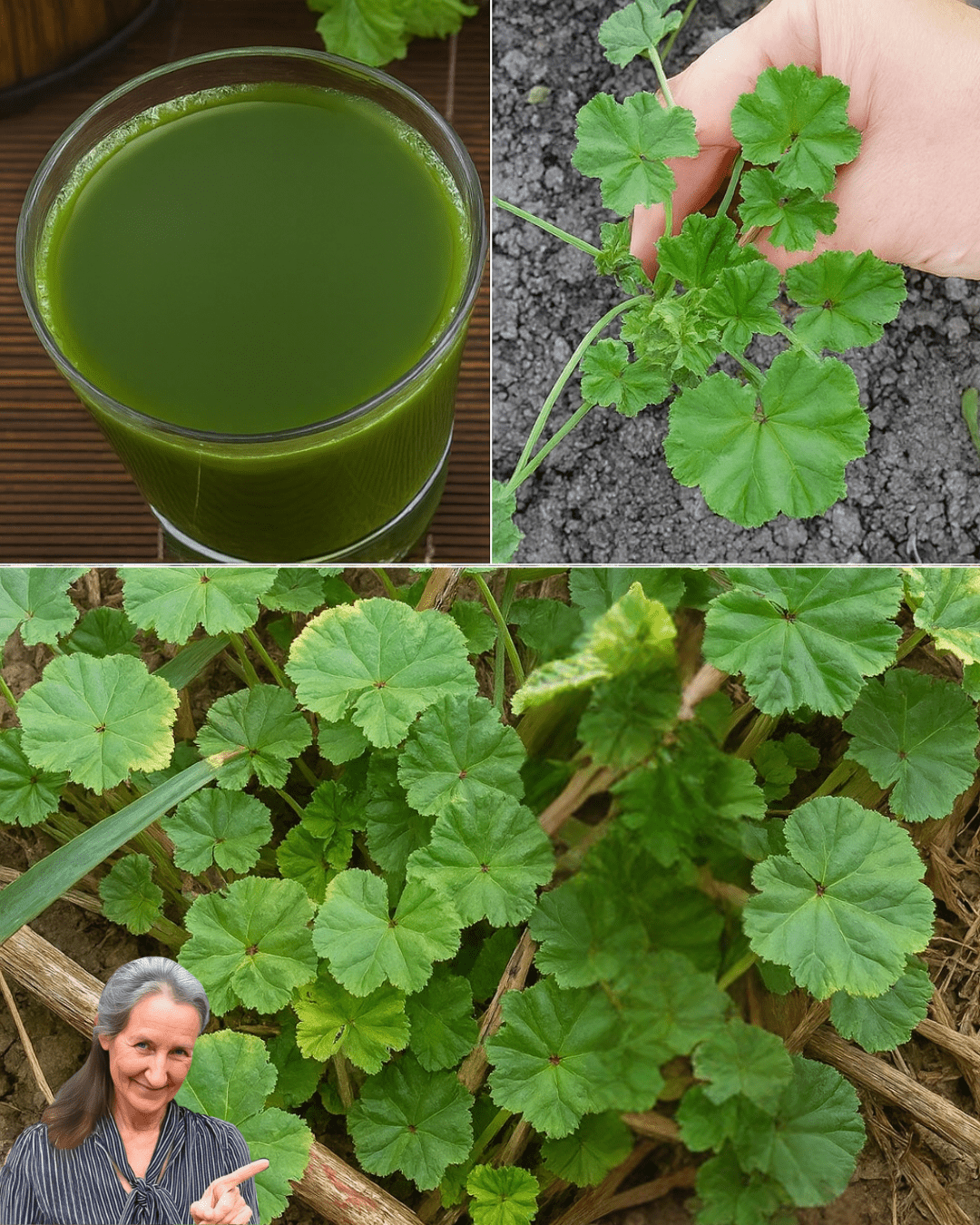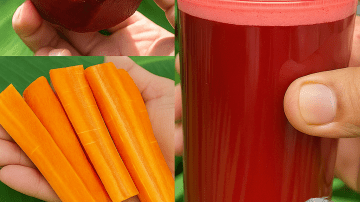The sight of a broad-leafed plant with delicate, purple-veined flowers sprouting in your lawn often triggers a familiar urge: pull it out. But before you reach for the gardening gloves, stop. That resilient plant is Common Mallow (Malva sylvestris), and you are about to discard one of nature’s most potent, versatile, and accessible healing superfoods.

Revered for centuries in traditional European and Arabic folk medicine, Common Mallow is packed with an extraordinary concentration of mucilage, flavonoids, and vital vitamins. Its power is centered on soothing, coating, and reducing inflammation—making it the ultimate natural ally for battling digestive distress, persistent coughs, and irritated skin.
Ready to transform your perception of a common weed into a valuable asset? Read on to unlock the profound health benefits that make Common Mallow an indispensable herb for your home apothecary and kitchen.
🔬 The Mucilage Magic: Why Mallow Soothes and Heals
The unique healing ability of Common Mallow comes from its high content of mucilage—a thick, gel-like substance that becomes slick when mixed with water. This compound is the key to its powerful demulcent (soothing) properties.
The Plant’s Multi-Faceted Defense:
- Soothing Agent (Mucilage): Coats and protects irritated internal and external membranes, from the esophagus and stomach lining to dry skin patches.
- Anti-Inflammatory Action: Rich in flavonoids and phenolic acids, which actively reduce systemic and localized inflammation.
- Antioxidant Power: High levels of Vitamins A, C, and E act as a shield against cellular damage.

✨ 6 Pillars of Health Supported by Common Mallow
1. 💚 Gastrointestinal Relief: The Digestive Soother
- The Problem: Indigestion, acid reflux, gastritis, and chronic constipation.
- The Fix: The mucilage coats and protects the entire digestive tract, acting like a natural internal balm. This reduces inflammation in the stomach and promotes a smoother, calmer gut environment.
- The Ritual: A simple Mallow Tea infusion is one of the easiest and most effective natural remedies for a troubled stomach.
2. 🔥 Natural Anti-Inflammatory Power
- The Problem: Joint stiffness, arthritis, sore throats, and general muscular aches.
- The Fix: Flavonoids and phenolic acids work internally to reduce systemic inflammation.
- The Ritual: Drinking the tea regularly can help reduce joint pain and stiffness over time, providing a gentle alternative to chemical anti-inflammatories.
3. 🌬️ Respiratory Support and Cough Relief
- The Problem: Dry, persistent coughs, bronchitis, and irritated throats.
- The Fix: Mallow’s mucilage provides potent demulcent and expectorant effects.
- The Ritual: Mallow tea helps to coat the irritated throat, calming the cough reflex and aiding in the loosening and clearance of thick phlegm for easier breathing.
4. 🛡️ Boosts Immunity and Fights Infections
- The Problem: Seasonal colds, flu, and exposure to harmful bacteria.
- The Fix: The herb is loaded with immune-supporting Vitamins A and C, along with natural antimicrobial compounds.
- The Ritual: A warm mallow infusion acts as an antioxidant shield, helping to strengthen the immune system and speed up recovery from colds.
5. 💧 Skin Healing and Emollient Care
- The Problem: Dry, irritated skin, rashes, minor cuts, or localized swelling.
- The Fix: The mucilage and Vitamin E content provide natural emollient (softening) properties.
- The Ritual: Crushed leaves applied as a poultice soothe inflamed skin, and mallow-infused water can be used as a gentle, natural toner for healing and hydration.
6. 🥗 Nutritional Powerhouse and Edible Green
- The Riches: Common Mallow is exceptionally rich in Vitamins A, C, and E, along with essential minerals like Calcium and Magnesium.
- The Benefit: Instead of removing it, embrace it as a free, nutrient-dense green. The leaves and flowers are entirely edible, adding vitamins, minerals, and a mild, pleasant flavor to your meals.
🛠️ The Home Protocol: Simple Ways to Use Common Mallow
Harnessing the benefits of Common Mallow is straightforward, whether you use it fresh from the garden or dried as a tea.
Method 1: Mallow Tea (The Digestive Tonic)
- Ingredients: 1 tablespoon of dried leaves and flowers OR 2–3 handfuls of fresh, clean leaves. 1 cup of boiling water.
- Brew: Place the mallow in a cup, pour boiling water over it, and cover for 10–15 minutes to extract the mucilage.
- Consume: Drink warm. This tea is ideal for soothing the gut or calming a cough.
Method 2: Topical Poultice (Skin and Pain Relief)
- Prepare: Crush a handful of fresh, clean leaves until a moist paste is formed.
- Apply: Apply the paste directly to minor skin irritations, rashes, or swollen joints.
- Hold: Cover with a clean cloth and leave for 15–20 minutes to allow the anti-inflammatory action to take effect.
Method 3: Culinary Use (Nutrition)
- Salads: Toss young, fresh mallow leaves into your green salads for extra vitamins and a mild flavor.
- Soups & Stews: Use the leaves like spinach, adding them to soups and stews near the end of cooking for an easy nutritional boost.
🛑 Final Thoughts: Don’t Remove, Reap the Rewards!
Common Mallow is a powerful, resilient gift from nature. It is a simple, affordable, and incredibly effective herb that supports your body’s need for gentle inflammation control, digestive soothing, and immune defense.
The choice is simple: Stop removing this wild superfood and start using it to enhance your diet and your wellness routine. Will you be keeping the Common Mallow in your garden now?






